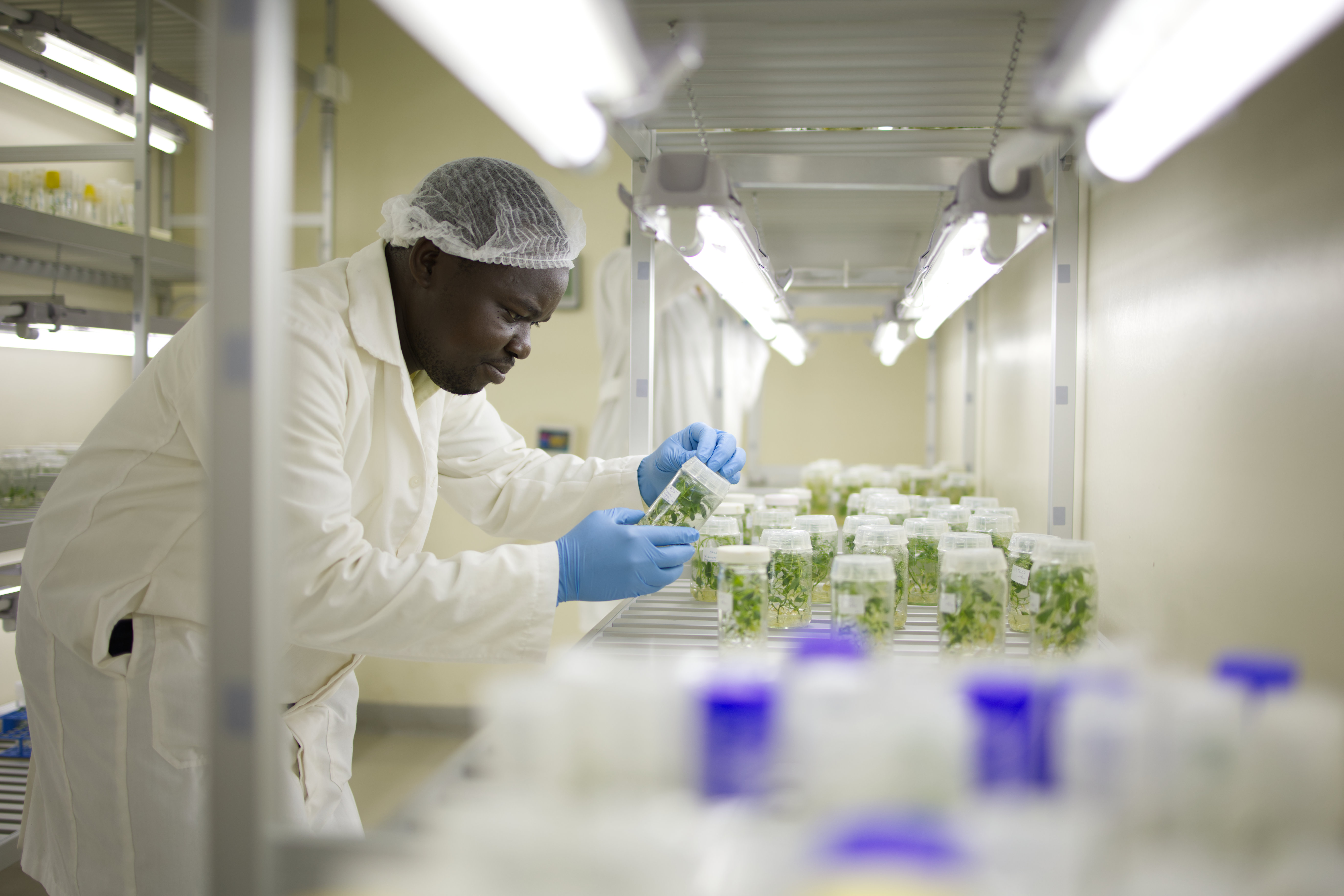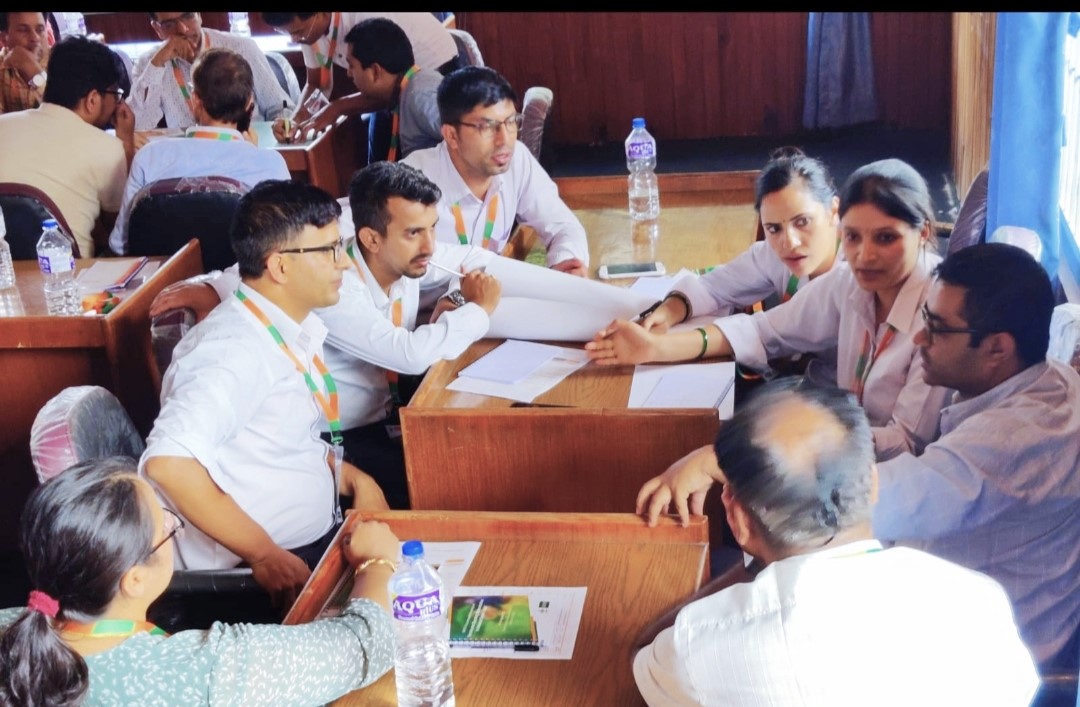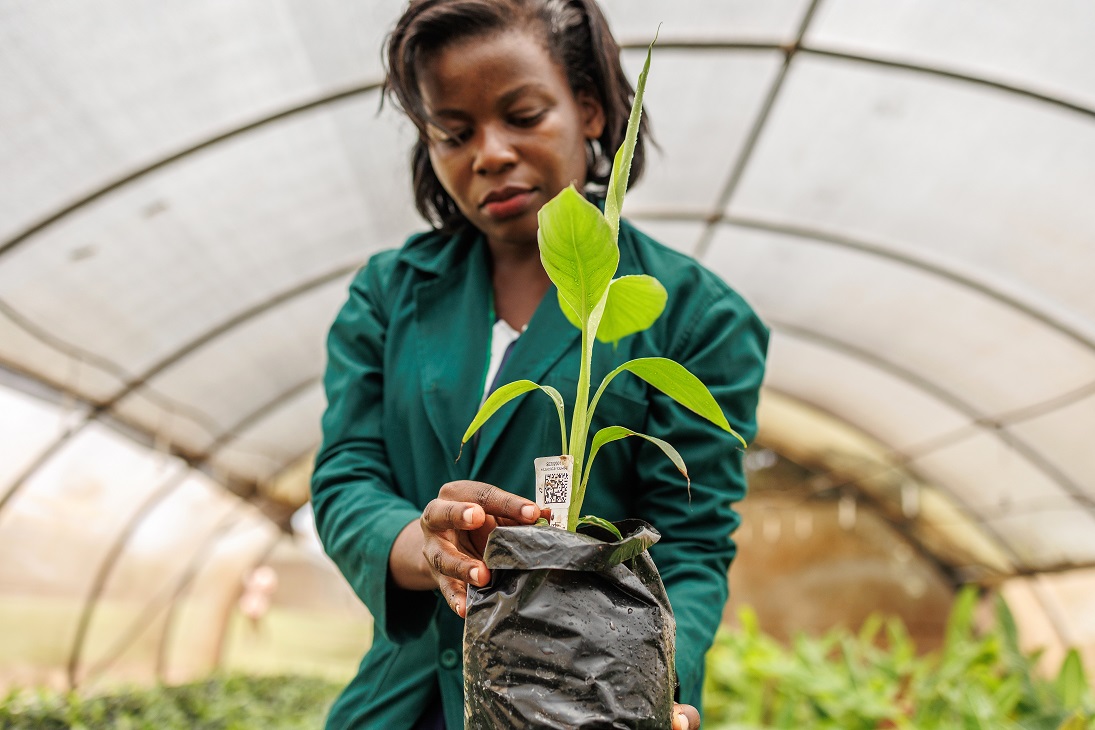Accelerated Breeding 2025 Goals: Resource Hub
This space contains key materials presented and discussed with Crop Leads and Crop Breeders across CGIAR Centers on Accelerated Breeding 2025 Goals and will be regularly updated with webinar recordings, slide decks, and other relevant documentation as the team explores each goal in detail.
Background


